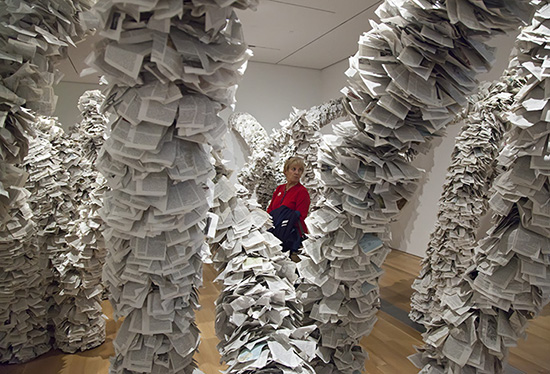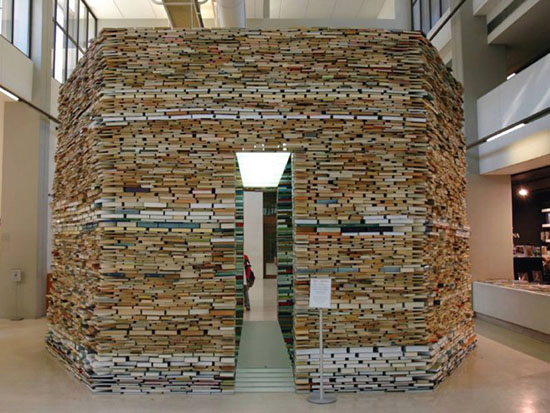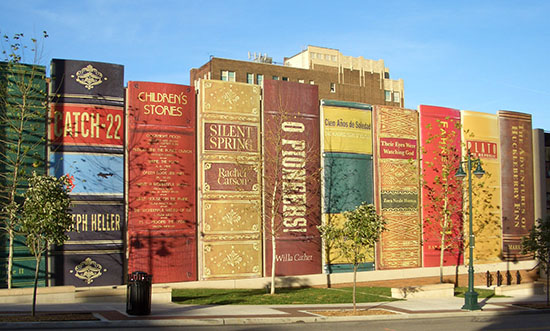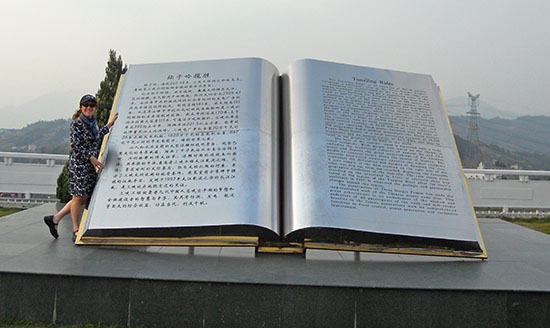It’s not news that the world of printed text on paper is challenged in the 21st century by digital media and the reorganization of how information is created, distributed and accessed. Knowledge saving and sharing continues to be reinvented – 5000 years ago the Incans used a device called a quipu made of string and knots for communication, 3000 years
ago the Sumerians had libraries containing clay tablets while the Egyptians used papyrus and parchment scrolls. During the Han Dynasty the Chinese invented paper to write on and in the 15th century Europeans began printing with movable type to create a codex. In the 1970s computers were incorporated into the printing process.
Social and environmental conditions along with technological developments influence the structure of books that are produced. These objects evolve to fit the needs of the cultures that use them. Today there
are e-readers with names like kindle, nook and ibook. For nearly a decade my response to the current transformation has been to use discarded encyclopedias as a material to create art works and large scaled installations as an expression of the significance and potency of the printed word on paper.
The form of the book has been used physically and figuratively in paintings, in architecture, as furniture and as sculpture – in and out of the landscape. The medium is the message and, because of a typesetting error, more accurately, the massage. Thank you Marshall McLuhan.







